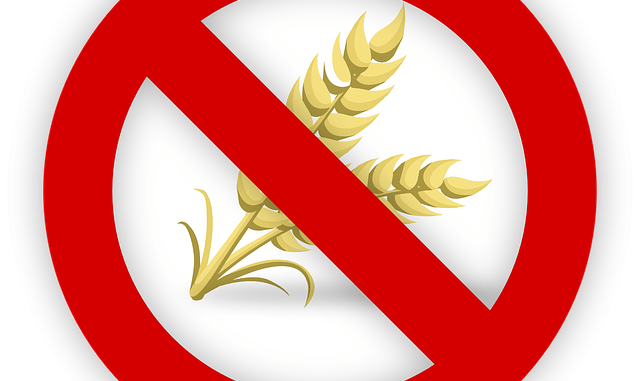
Celiac disease or ceoliac disease is a condition which has long been the bane of cereal eaters for many years. It is still the most underdiagnosed disease in the Western world. It affects one in 250 of us which is roughly 1 million individuals in the USA for example. The level of underdiagnosis is currently 25 percent although detection rates are improving. many people suffer with the disease for years before any diagnosis. On average, it takes up to 8 years for a diagnosis to be reached.
The medical name for coeliac or celiac disease is gluten sensitive enteropathy. The name implies an extreme sensitivity of gluten containing cereals especially wheat.
If the condition remains undiagnosed, the individual can suffer crippling gut pains, a predisposition to osteoporosis, anaemia, chronic gastrointestinal issues, learning disabilities and even some forms of aggressive cancers especially of the lymph.
Pathogenesis
Gluten contains an antigenic component called gliadin which interacts with a particular HLA receptor on an antigen presenting cell. In the process, a tissue transglutaminase converts glutamine residues to glutamic acid residues which creates an even more potejnt antigen. In the process, T helper cells are activated which in turn activate B and killer T cells. Plasma cell antibodies bind to gliadin which is presented by enterocytes, along with tissue transglutmainase and reticular fibers wthat surround gut smooth muscle. The T cells release to excess, inflammatory cytokines which creates an over reaction producing severe tissue damage.
Treatment
The only way to treat the disease is to avoid gluten at all costs which means strictly adhering to a gluten free diet. Unfortunately gluten free foods are two or three times more costly than normal food. In the UK, gluten free foods are available on the NHS. It is possible to eat other cereals free of gliadins such as oats.
Following such a strict diet allows damaged intestinal musosa to regenerate almost to a complete extent. The villi which characterise normal intestinal mucosa regenerate.
Leave a Reply